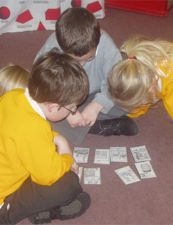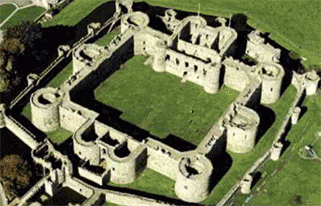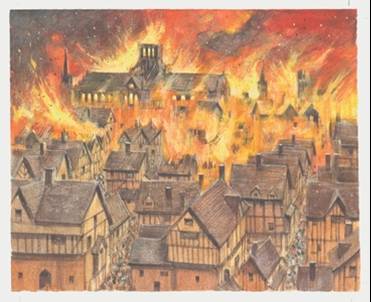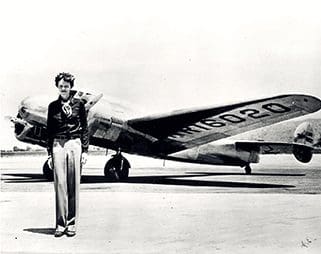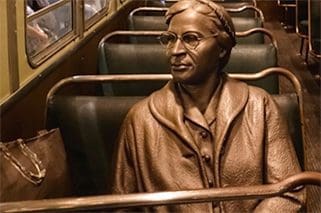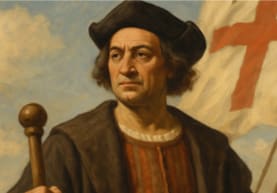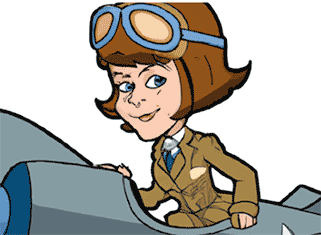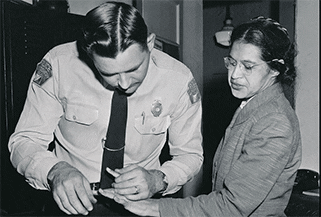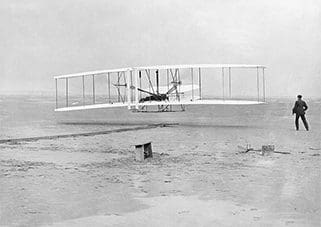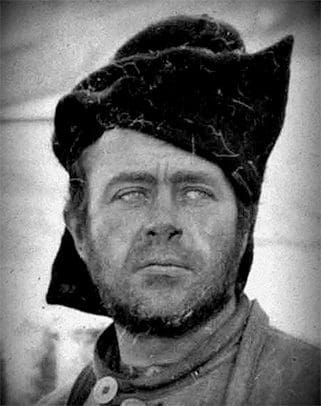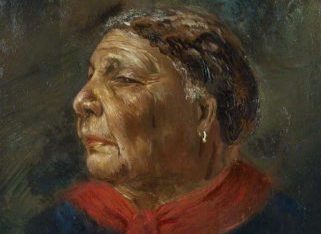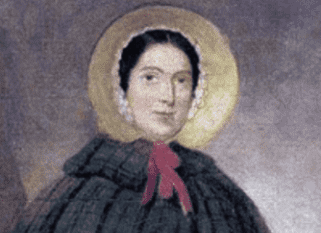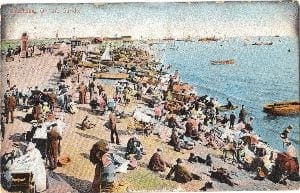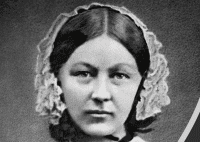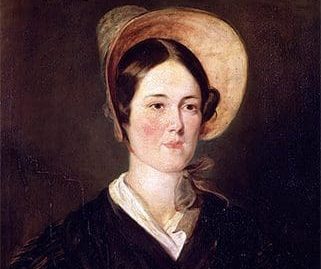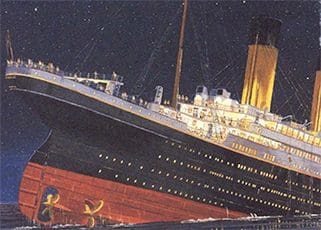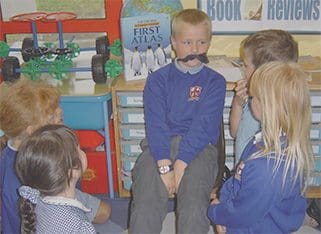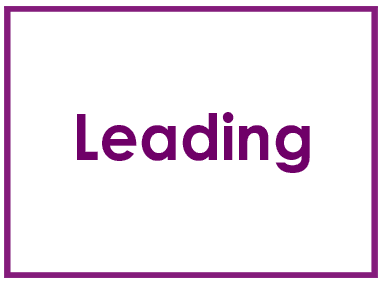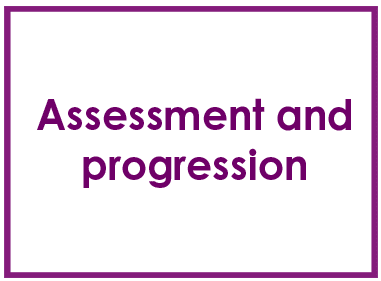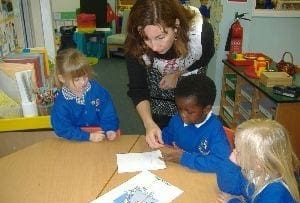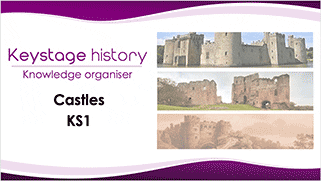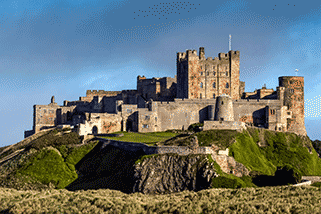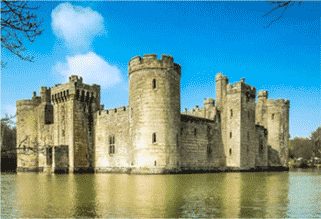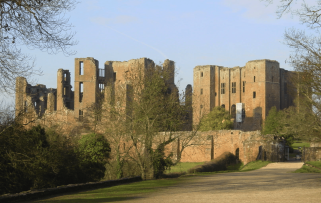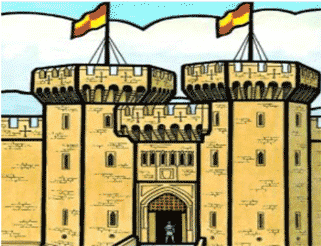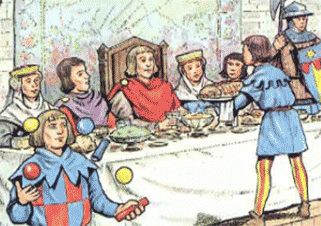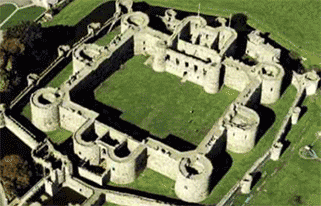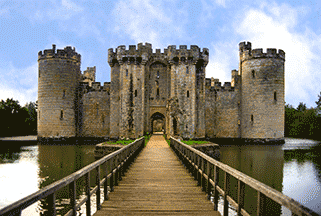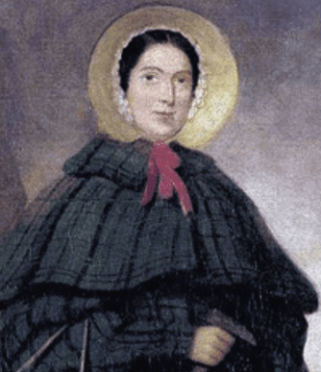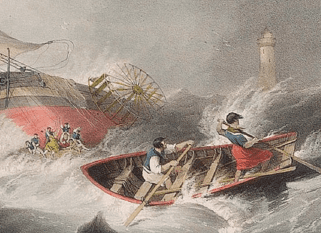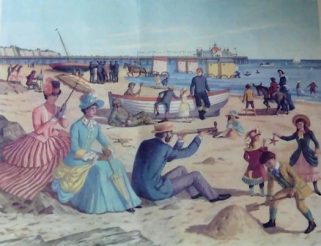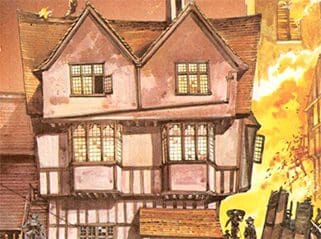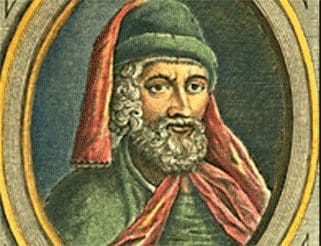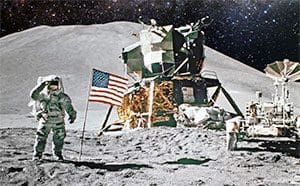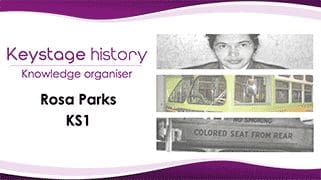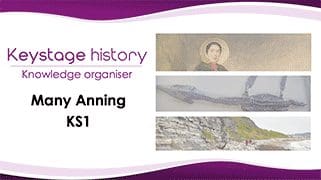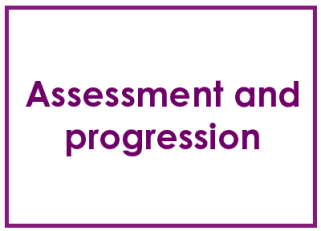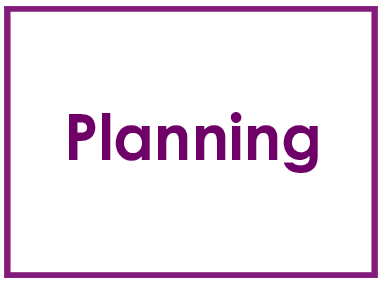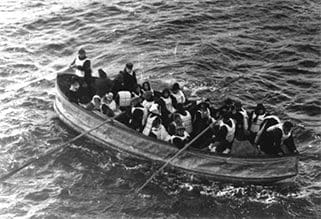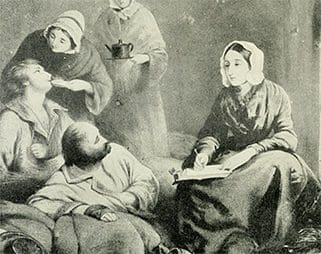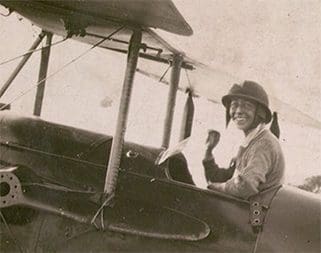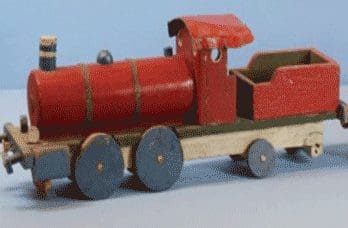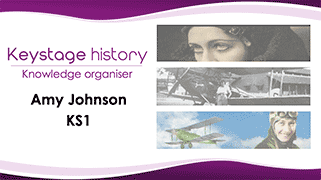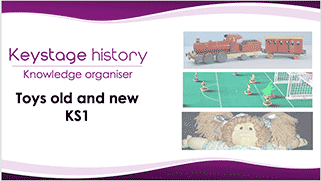Teaching history at Key stage 1
Castles end of unit quiz – KS1
You’ve discovered how castles were built, what life was like inside the walls, and how they were used to protect…
Read MoreGreat Fire of London end of unit quiz – KS1
In this quiz, you’ll test your knowledge about one of the most famous events in British history — the Great…
Read MoreAmelia Earhart – assessment task
Disciplinary concept target: Significance Pupils draw on the 4 clues to underline why Amelia Earhart is seen as an important…
Read MoreRosa Parks – assessment task
This assessment task provides 3 images which should prompt pupils to show their knowledge and understanding of Rosa Parks’ significance….
Read MoreChristopher Columbus – assessment task
This assessment task provides clues to help pupils use their subject knowledge in order to explain why Columbus is still…
Read MoreAmelia Earhart end of unit quiz – KS1
You’ve learned all about the amazing Amelia Earhart — the brave pilot who loved to explore the skies and follow…
Read MoreProgression in primary history: Top 6 ideas
A lot of you have been tasked with trying to specify what progression looks like in history in your school….
Read MoreRosa Parks end of unit quiz – KS1
This quiz will help you remember all the important things we have learned about Rosa Parks. She was a very…
Read MoreWright Brothers end of unit quiz – KS1
You have learned all about the Wright brothers, who built the first successful flying machine. They were curious, inventive, and…
Read MoreScott of the Antarctic end of unit quiz – KS1
You have now learned all about the brave explorer Captain Scott and his incredible journey to the coldest place on…
Read MoreMary Seacole end of unit quiz – KS1
Let’s see what you remember about Mary Seacole! This quiz will help you review what you’ve learned about her amazing…
Read MoreMary Anning end of unit quiz – KS1
We’ve been learning all about Mary Anning, the amazing fossil hunter who found dinosaur bones by the seaside. Now it’s…
Read MoreGoing to the seaside end of unit quiz – KS1
We’ve had lots of fun learning about the seaside — from what it was like in the past to how…
Read MoreFlorence Nightingale end of unit quiz – KS1
You’ve been learning all about Florence Nightingale — a very special nurse who helped lots of people. Now it’s time…
Read MoreGrace Darling end of unit quiz – KS1
Grace Darling is remembered for doing something very brave a long time ago. She helped others in a time of…
Read MoreSinking of the Titanic – end of unit quiz – KS1
This amazing ship set sail over 100 years ago but ended in a terrible disaster. You’ve learned all about it’s…
Read MoreRaising the profile of history at KS1
One of the main roles of subject leaders for history is to be a passionate advocate for the subject. The…
Read MoreMotivating colleagues to teach history
1. Give praise Give praise wherever possible e.g. when you see evidence that your colleagues have: • Inspired pupils •…
Read MoreProgression in chronology – KS1
Start of KS1 Can describe differences between him or herself as a baby and as he or she is now….
Read MoreLearning principles applied to history at KS1
Effective history teaching at Key Stage 1 is rooted in sound learning principles that support young children’s development. At this…
Read MoreHow well are you intertwining national and global history?
Last year saw the new Labour government abort plans to create a model primary history curriculum which would have offered…
Read MoreMind friendly learning. What should you be doing in your classroom?
Mind-friendly learning in history focuses on creating rich, engaging experiences that align with how young children’s brains develop and absorb…
Read MoreCastles knowledge organiser – KS1
You are learning about castles because they are one of the most fascinating buildings that have been there for hundreds…
Read MoreCastles – medium term planner
The main focus of this topic is the exploration of the past beyond living memory through a topic that is…
Read MoreCastles – KQ1 – What makes a castle a castle?
Having elicited pupils’ initial knowledge of castles from books film and family visits, pupils are asked to explore a number…
Read MoreCastles – KQ2 – Why did people build castles in the past?
This session is straightforward in that pupils are introduced via a short video to a variety of reasons which not…
Read MoreCastles – KQ3 – What made castles so strong?
Rather than going through all the different methods used chronologically, this really fun session focuses on one year and casts…
Read MoreCastles – KQ4 – What were medieval castles like to live in and how can we possibly know when so many are now ruins?
This five-part lesson starts with pupils in role as workers for company charged with recreating what a medieval castle would…
Read MoreCastles – KQ5 – How did castles change over time?
This lesson starts with encouraging pupils to spot differences between 3 castles to give them confidence before working in groups…
Read MoreCastles – KQ6 – How are castles used today?
Pupils have to deduce from a range of visual clues of castles they will see around them, the uses to…
Read MoreMary Anning – assessment task
Focus: Significance This simple-to-administer, uncomplicated task uses a contemporary image to stimulate pupils to think about Mary Anning’s long-term significance….
Read MoreGrace Darling – assessment task
Focus: Interpretations Y1 Pupils compare contrasting images of Graces’ rescue and try to explain how and why they are different….
Read MoreSeaside – assessment task
Focus: similarity and difference and change Assessing Year 1 children’s understanding of how different going for a swim in the…
Read MoreGreat Fire – assessment task
Focus: Causation Using one large colour image as a stimulus pupils have to draw on their detailed understanding of the…
Read MoreCaxton and Bell – assessment task
Focus: characteristic features of period & using sources Y2 Using just one image which contains lots of clues, pupils have…
Read MoreMoon landing – assessment task
Focus : Using sources Pupils have to identify key features from a visual source to answer a question regarding the…
Read MoreRosa Parks knowledge organiser – KS1
Rosa Parks was an important black woman who wasn’t afraid to stand up for herself when she was treated unfairly….
Read MoreMary Anning knowledge organiser – KS1
You are learning about Mary Anning because she became very famous at a very young age. She was an expert…
Read MoreProgression in why people did things, why events happened, and what happened as a result (cause and consequence) in KS1 history
Start of Key Stage 1 Can explain why one character in a simple story took the action he or she…
Read MoreWright brothers – assessment task
In this brief diagnostic assessment task , supported by 4 pictorial clues, pupils are asked to show if they understand…
Read More10 questions which we should ask when planning historical enquiries at KS1
Planning effective historical enquiries at Key Stage 1 lays the foundation for developing children’s curiosity, critical thinking, and understanding of…
Read MoreSinking of the Titanic – assessment task – looking at consequences and change
This task asks pupils to consider consequences of the disaster and changes over time arising from it Assessment task and…
Read MoreFlorence Nightingale – assessment task
Focus: Change and significance This task offers pupils 3 carefully chose images to support their understanding of the achievements of…
Read MoreAmy Johnson – assessment task – Can you explain why Amy Johnson was so important?
The children are given the task sheet containing three pictures and the question. Each has been included for a particular…
Read MoreToys; old and new – assessment task
Focus concept: Making deductions/ similarity and difference This task is designed to be non-threatening and to be carried out in…
Read MoreScott of the Antarctic – assessment task Y2
Focus concept: Causation The first task serves as a more gentle introduction to the idea of cause by looking at…
Read MoreMary Seacole – Assessment task – Assessing pupils’ understanding of the work of Mary Seacole
Target concepts: characteristic features of the period and significance This task is designed to elicit pupils’ understanding of the contribution…
Read MoreAmy Johnson knowledge organiser – KS1
You are learning about Amy Johnson because she was a very famous British pilot who flew her plane, called Jason,…
Read MoreToys old and new knowledge organiser – KS1
You are learning about old toys to help you to understand the difference between toys people played with in the…
Read MoreMoon landing – end of unit quiz – KS1
Welcome to the end of unit Moon landing quiz for KS1. You’ve learned so much about how astronauts traveled all…
Read More
